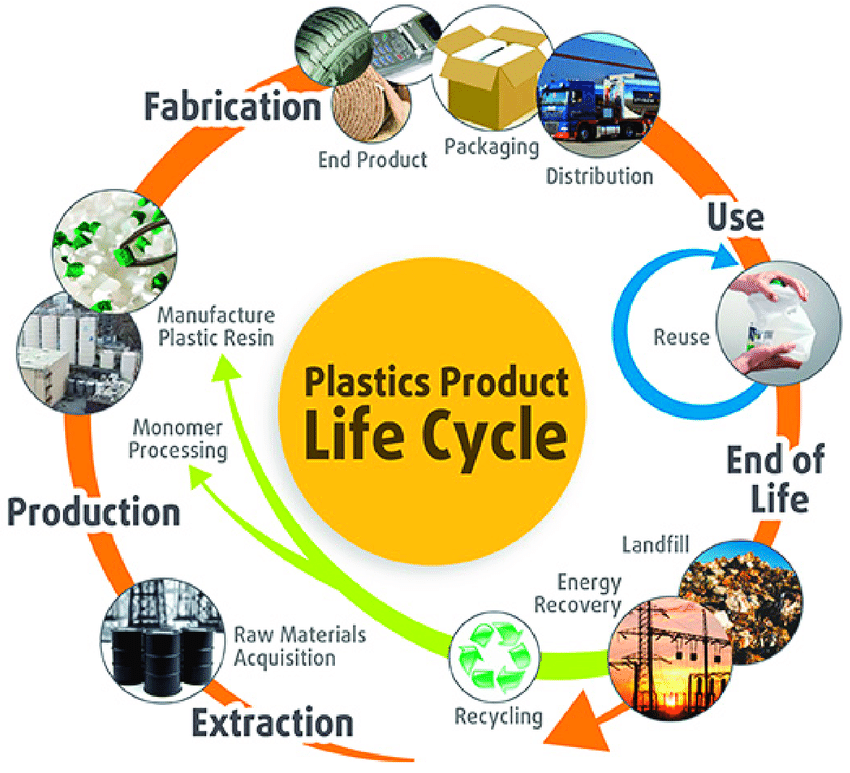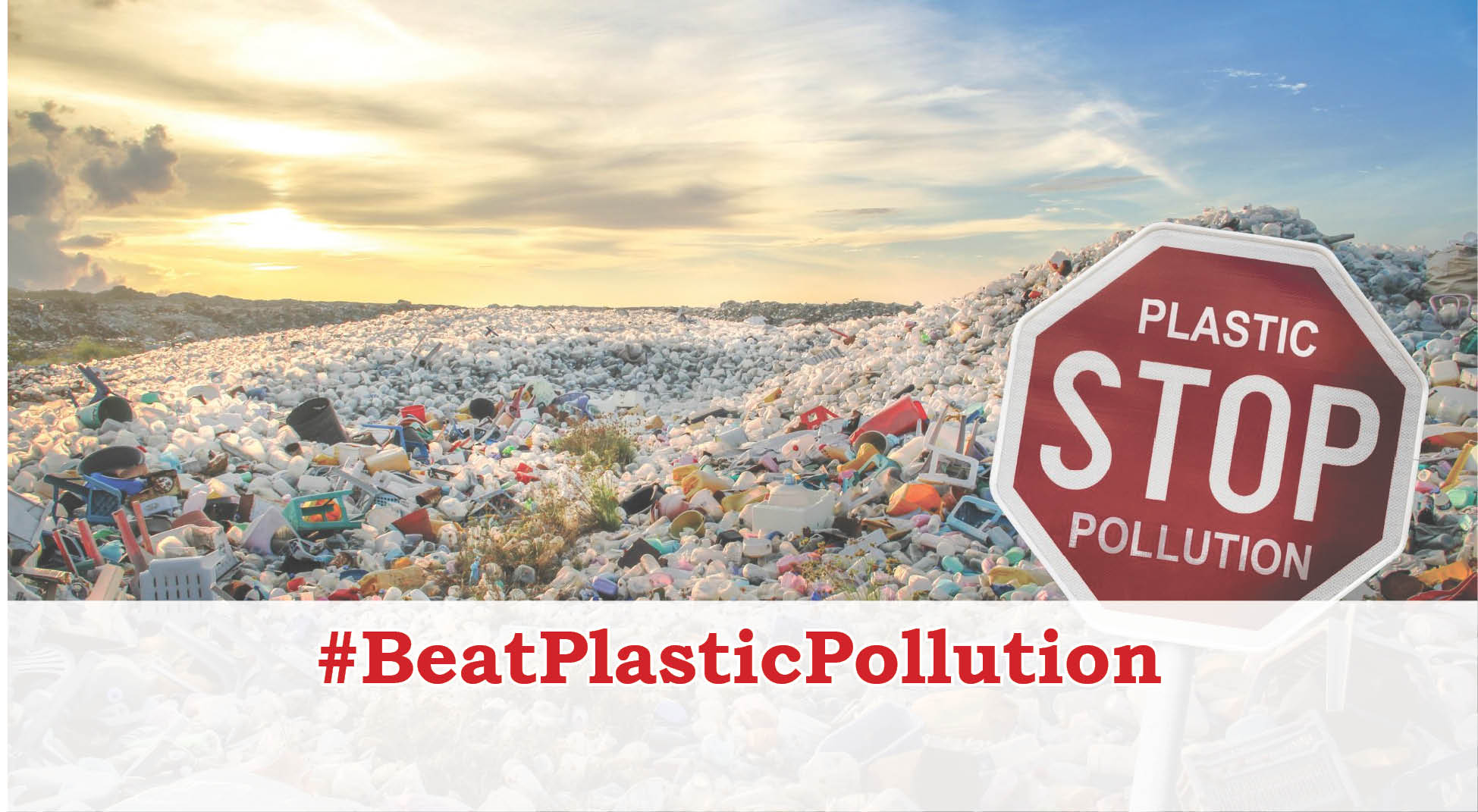Introduction
Plastic pollution has become one of the most visible symbols of the ecological crisis gripping the planet today. Every time we drink from a plastic bottle or discard a single-use wrapper, we may be contributing to a cycle of pollution that ends up contaminating rivers, oceans, and even our own food chain. Plastic has silently infiltrated every corner of our world—from the deepest ocean trenches to the very air we breathe. As the world comes together to observe World Environment Day on June 5, the theme for 2025—“Ending Plastic Pollution”—serves as a crucial reminder of the urgent need for coordinated global and national action.
Led by the United Nations Environment Programme (UNEP) since 1973, World Environment Day is the world’s largest platform for environmental outreach, observed in more than 150 countries. In 2025, the Republic of Korea is hosting the global celebrations. The campaign—#BeatPlasticPollution—calls for real, scalable solutions by urging people to refuse, reduce, reuse, recycle, and rethink their plastic use.
India’s International Commitments on Plastic Pollution:
1. Basel, Rotterdam and Stockholm Conventions (2019): India participated in the joint meetings of these conventions in Geneva and played a vital role in regulating hazardous waste, including plastics. It strongly opposed the practice of e-waste dumping in developing countries and advocated for more robust global rules. Importantly, India supported the inclusion of plastic waste under the Basel Convention’s Prior Informed Consent (PIC) procedure, ensuring that countries are informed and approve before receiving plastic waste. India also championed the phase-out of single-use plastics and backed international partnerships aimed at curbing illegal plastic dumping.
2. G20 Osaka Blue Ocean Vision (2019): As part of the G20 Leaders’ Declaration, India committed to taking concrete steps to reduce marine plastic litter and microplastics, with an ambitious long-term goal of stopping any further discharge of plastic waste into the oceans by 2050. The Indian delegation, alongside industry partners like the Confederation of Indian Industry (CII), emphasized innovation, awareness, and corporate responsibility.
3. High Ambition Coalition for Nature and People (2021): India joined this global initiative during the One Planet Summit in Paris. The coalition aims to protect at least 30% of the world’s land and ocean areas by 2030. Reducing plastic pollution is central to this agenda, given its devastating impact on biodiversity and ecosystem health.

India’s Domestic Policy Landscape: Laws and Regulations
India has developed a detailed and evolving legal framework to combat plastic pollution, primarily under the Environment (Protection) Act, 1986. The cornerstone of this effort is the Plastic Waste Management (Amendment) Rules, 2021, which represent a significant tightening of previous regulations.
Key provisions include:
- Ban on Identified Single-Use Plastics (SUPs): From 1st July 2022, India banned several SUP items considered to have low utility and high littering potential.
- Ban on Plastic Carry Bags < 120 Microns: From 31st December 2022, plastic bags below this threshold were prohibited to improve recyclability.
- Ban on Non-Woven Plastic Bags < 60 GSM: Effective from 30th September 2021, this rule targets lightweight plastic bags, which are difficult to collect and recycle.
In addition to these central measures, several States and Union Territories have enacted region-specific restrictions and enforcement mechanisms tailored to local conditions.
Extended Producer Responsibility (EPR): Making Industry Accountable:
India has implemented the Extended Producer Responsibility (EPR) framework to hold manufacturers accountable for the plastic waste generated by their products.
- As of December 2024, 50,131 producers, importers, and brand owners were registered on the centralized EPR portal.
- 2,840 plastic waste processors are part of the system.
- Over 103 lakh tonnes of plastic waste have been processed through this mechanism.
EPR mandates that companies collect, recycle, or safely dispose of plastic packaging waste, ensuring a closed-loop system that reduces environmental impact. The online portal enhances transparency and compliance monitoring.
In addition, the Food Safety and Standards Authority of India (FSSAI) has issued the Packaging Regulations (2018), which specify limits for migration of contaminants and mandate the use of safe, food-grade plastics, adhering to Good Manufacturing Practices (GMP).
Science, Technology, and Innovation for a Circular Economy:
India is investing heavily in technology to develop a circular economy in plastics—where waste is viewed as a resource. Key initiatives include:
- CSIR and Industry Collaborations: The Council of Scientific and Industrial Research (CSIR) has developed technologies to convert plastic waste into diesel, tiles, fuel oil, hydrogen, and green plasticizers. MoUs have been signed with urban bodies like the Delhi Development Authority and private companies.
- TDB-DST & APChemi Pvt. Ltd. (2025): A partnership to produce purified pyrolysis oil, used for creating sustainable plastics and chemicals.
- 18 Centres of Excellence (CoEs): Set up under the Department of Chemicals and Petrochemicals (DCPC) to focus on research in biodegradable plastics and recycling innovations.
- CSIR Investment: ₹345 crore has been sanctioned over three years for 15 sustainability projects focused on plastic alternatives and efficient waste conversion.
Plastic Parks: Industrial Clustering for Sustainable Processing
The New Scheme of Petrochemicals supports the development of Plastic Parks, specialized zones that house multiple plastic-processing units. The government provides:
- 50% project funding, capped at ₹40 crore per project.
- 10 Plastic Parks have been approved across India.
These parks are designed to centralize production, recycling, and R&D activities, enabling economies of scale and eco-industrial synergies.
Swachh Bharat Mission: Strengthening Infrastructure and Awareness:
- SBM-Grameen Phase II (from April 2020):
- Focuses on rural waste management.
- Offers grants of up to ₹16 lakh per block for Plastic Waste Management Units (PWMUs).
- Encourages cluster-mode setups to cover multiple regions efficiently.
- SBM-Urban 2.0 (Launched October 2021):
- Aims for "Garbage Free Cities" with 3-star certification.
- ₹1.41 lakh crore allocated (2021–2026).
- Emphasizes door-to-door collection, source segregation, plastic reduction, and legacy waste remediation.
Local Innovation: Grassroots-Led Plastic Alternatives:
- Kamalpur, Tripura: The Kamalpur Nagar Panchayat replaced single-use plastics with PBAT-based compostable bags, certified by CIPET. These decompose completely within 180 days.
- Trichy, Tamil Nadu: Under the “Thunippai Thiruvizhai” initiative, supported by GIZ India, Trichy City Corporation promoted cloth bag use in farmers’ markets. Outcomes include:
- Tennur Market: 2,200 kg of SUPs avoided in a year.
- KK Nagar: 620 kg saved in 4 months.
- Woraiyur: 300 kg reduction in 6 months.
Conclusion:
India’s comprehensive strategy against plastic pollution integrates global diplomacy, domestic legislation, scientific innovation, and citizen-led action. From phasing out single-use plastics to scaling up recycling infrastructure and supporting plastic-free markets, the country is moving toward a circular and sustainable plastic economy. While challenges remain in enforcement and scaling innovations, India’s model offers a strong foundation for inclusive, technology-driven environmental governance. With continued momentum, India can not only meet its own sustainability goals but also contribute significantly to global plastic reduction targets.
| Discuss the role of science, technology, and innovation in advancing India’s goal of a circular plastic economy. How effective are initiatives like Plastic Parks and CSIR’s waste-to-fuel technologies in addressing the plastic crisis? |







